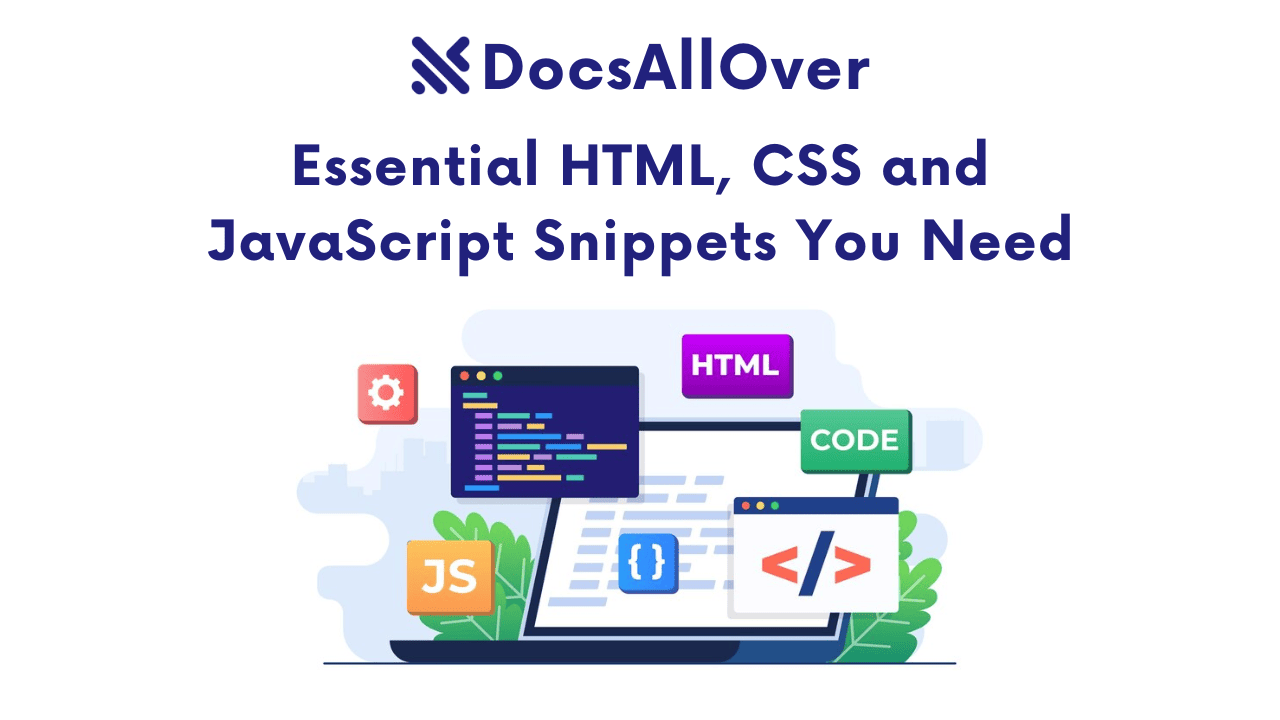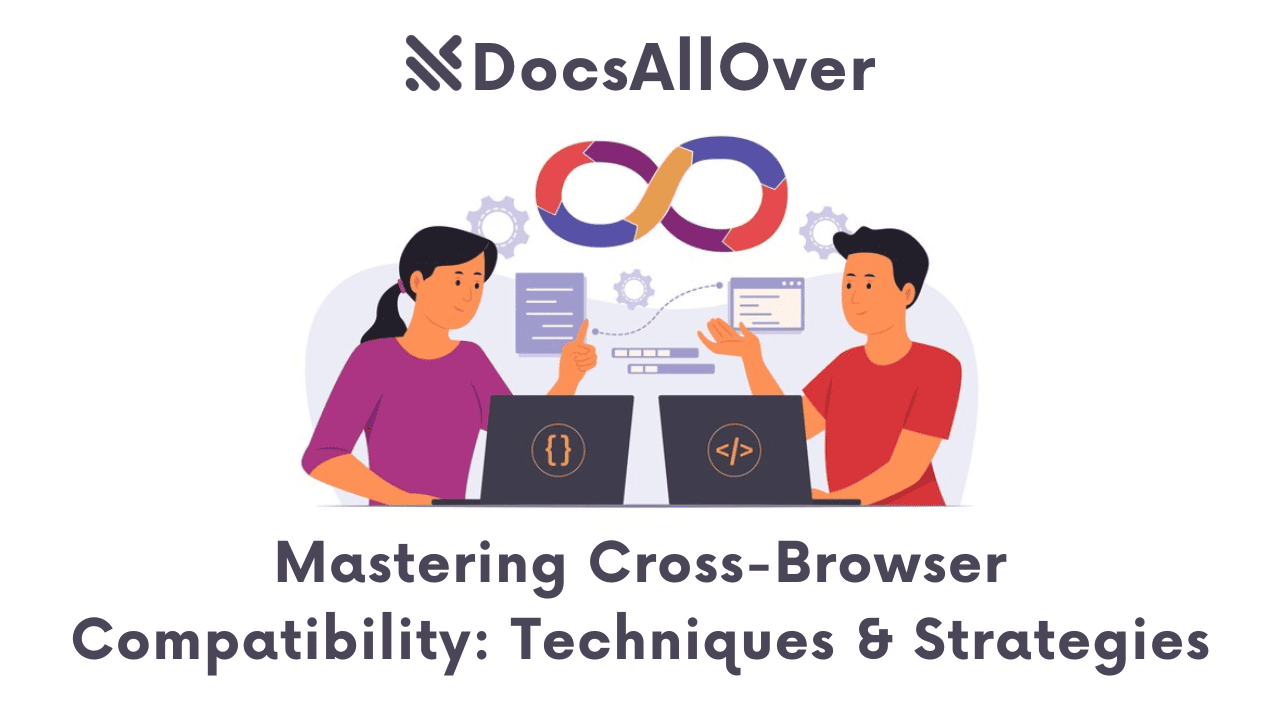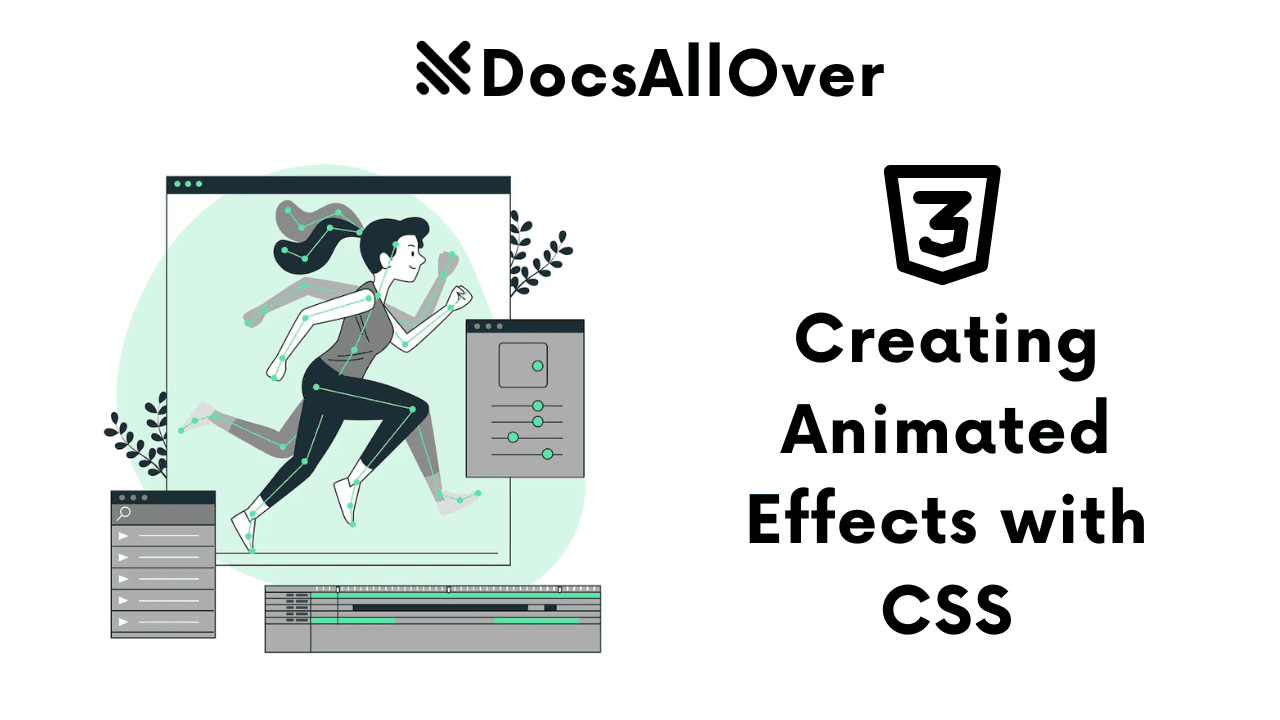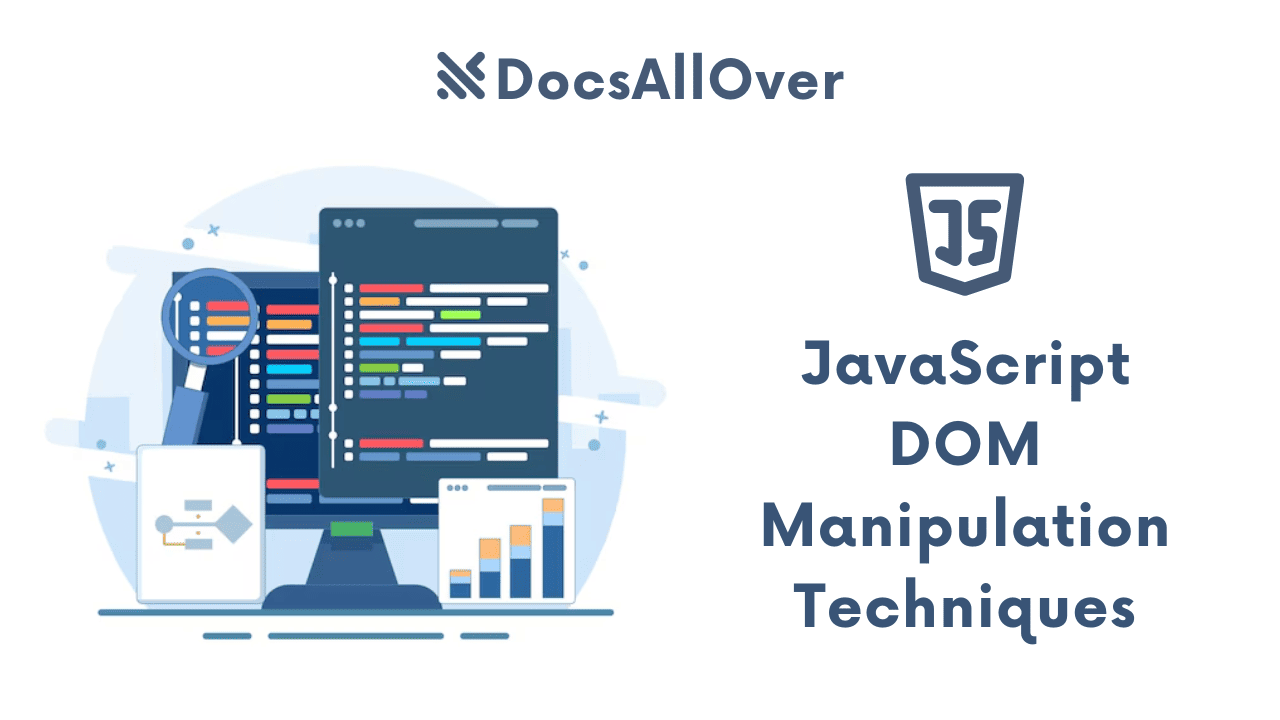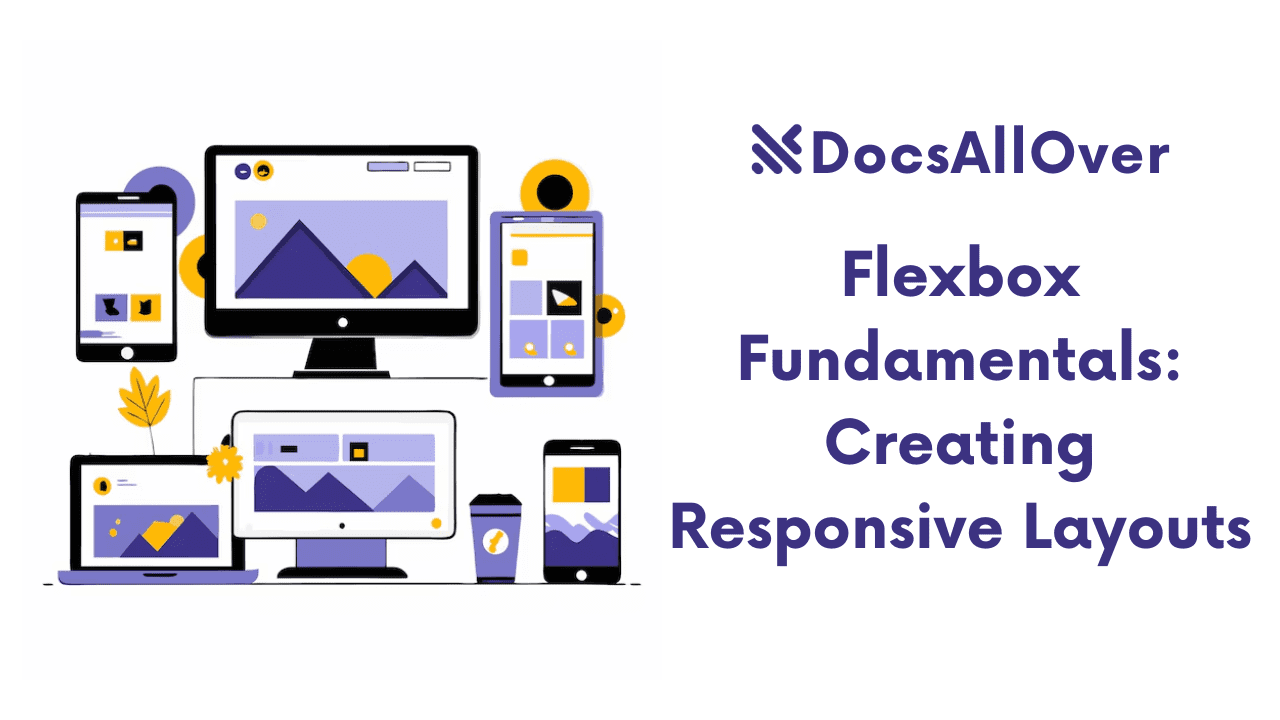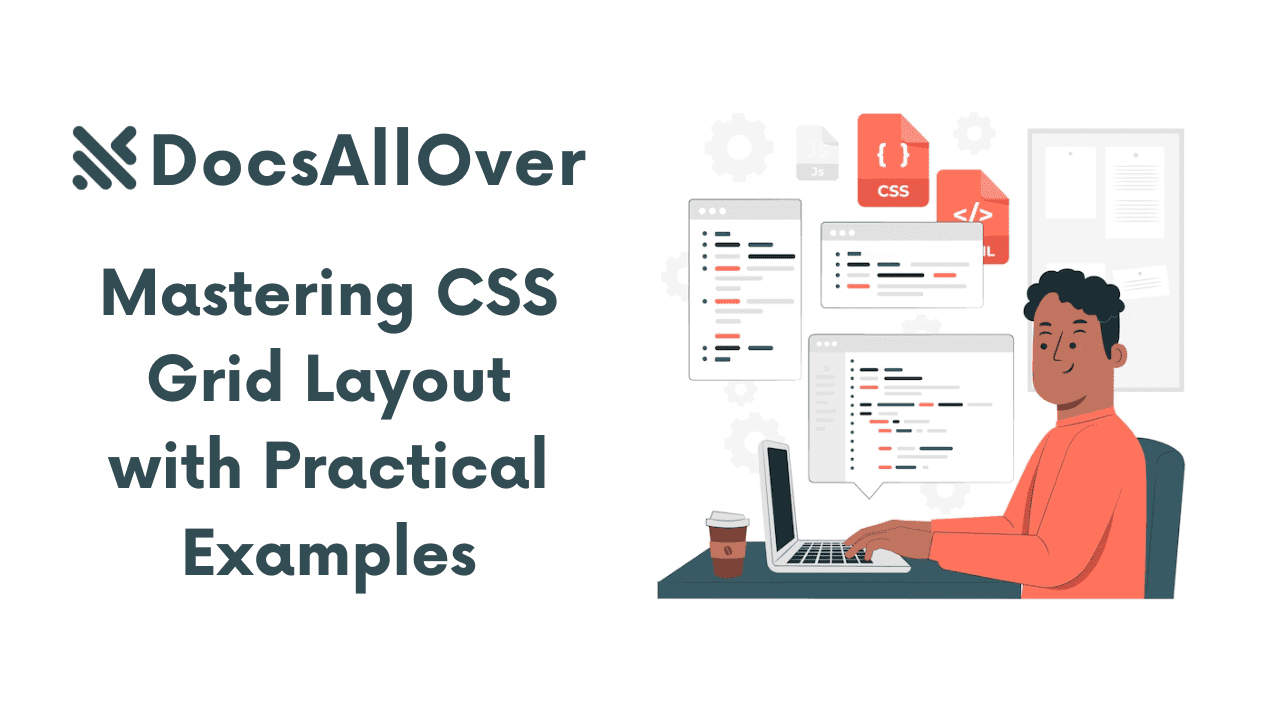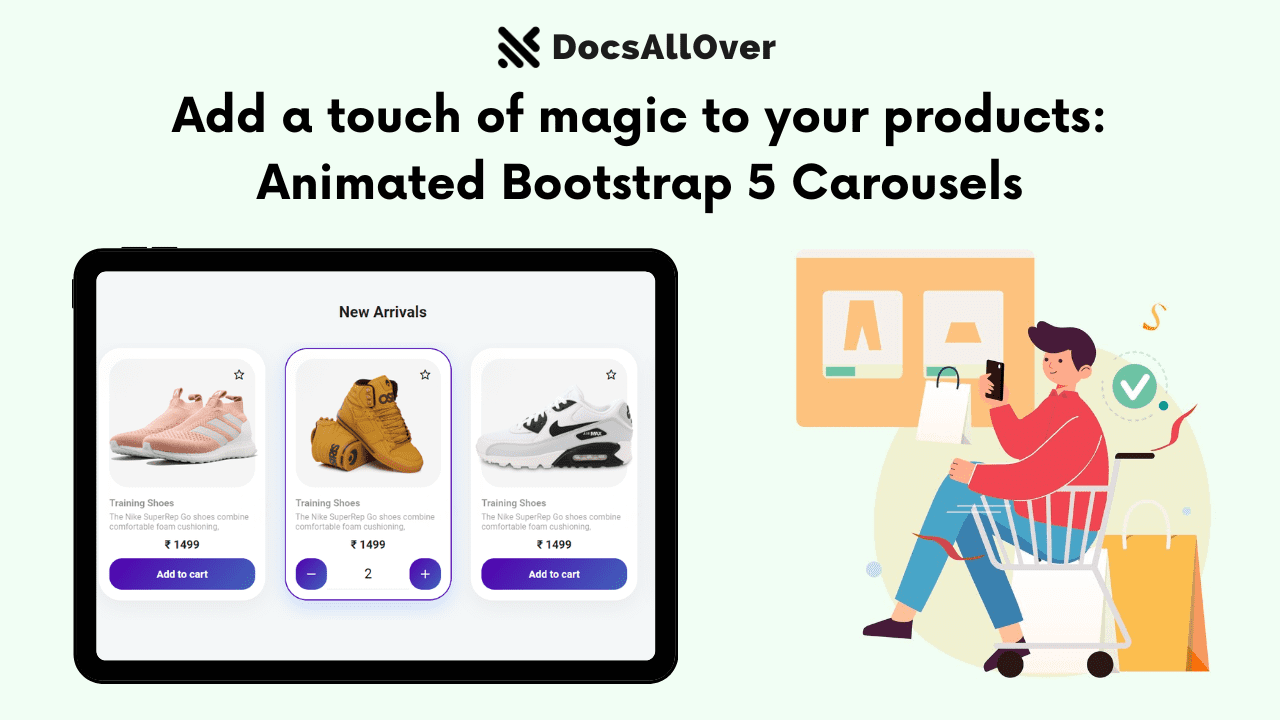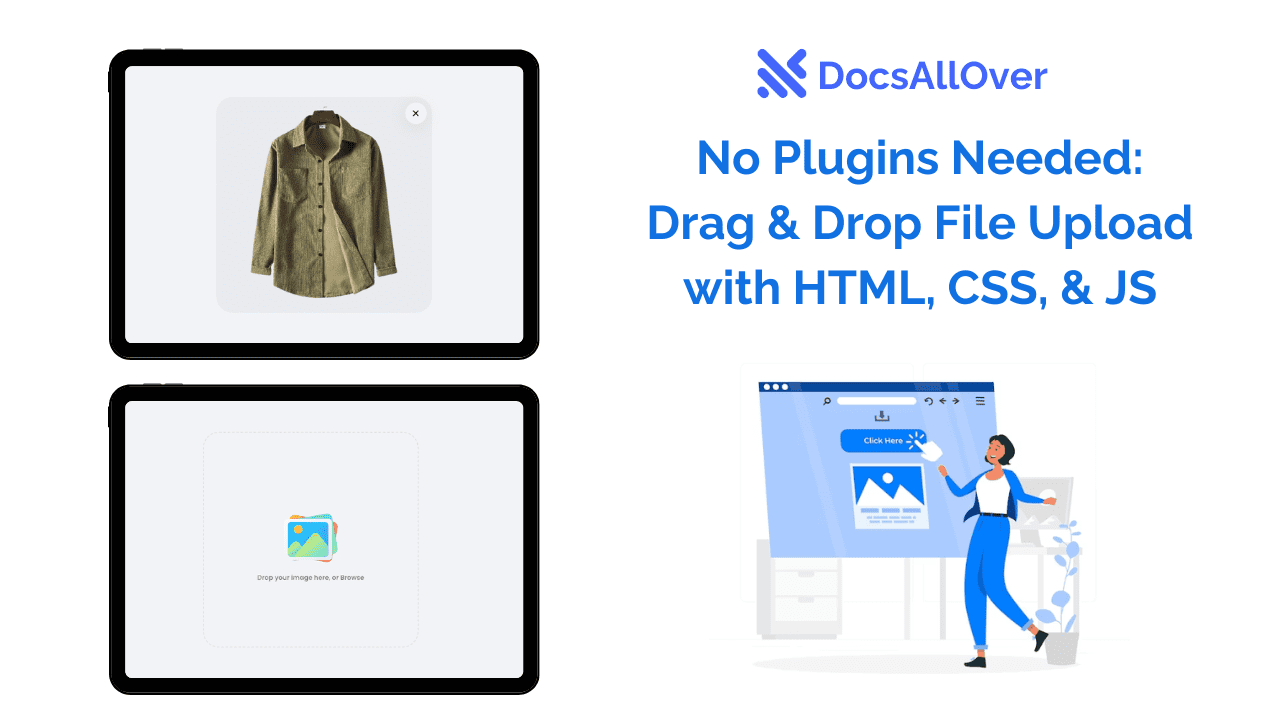JavaScript Loading Button Animation
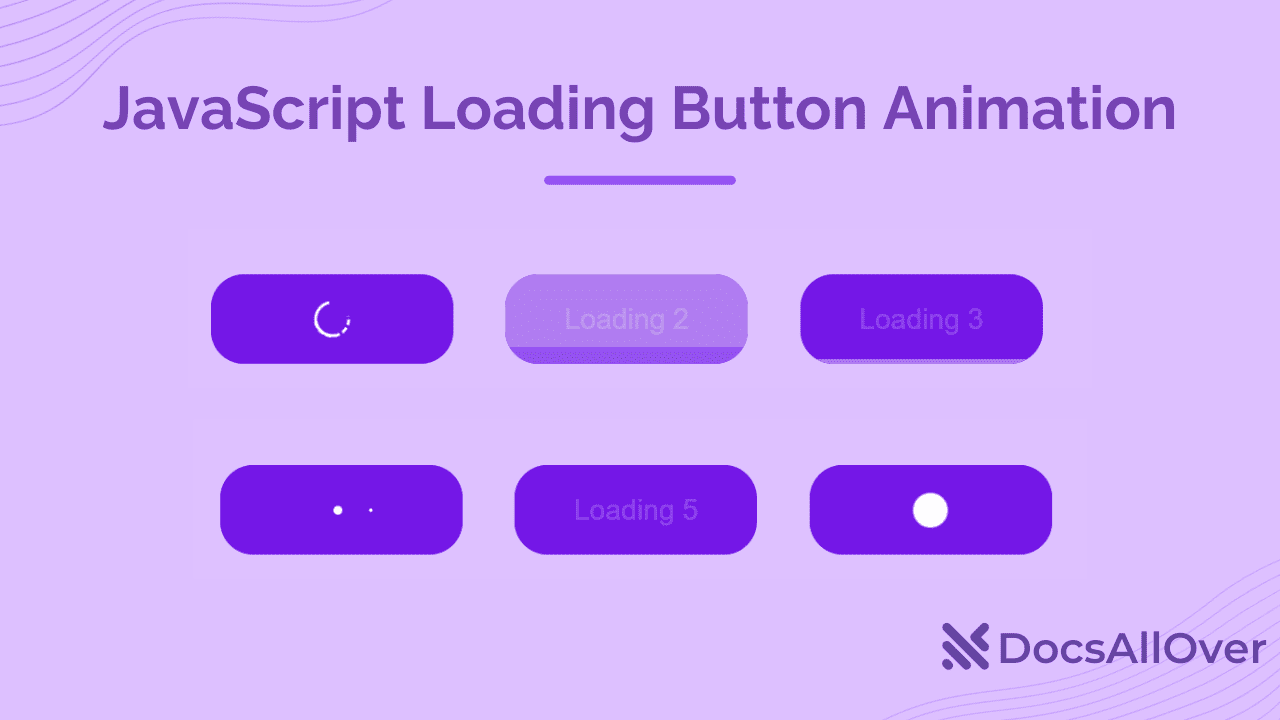
Loading button animations are a great way to add excitement and interactivity to your website. They can also be used to indicate to users that a process is underway, or to simply make your buttons more fun and engaging.
Benefits of Using Loading Button Animations
There are many benefits to using loading button animations, including:
- Improved user experience: Loading button animations can help to improve the user experience by providing feedback to users that an action is being processed. This can help to reduce user frustration and anxiety.
- Increased engagement: Loading button animations can make your website more engaging and interactive. This can lead to increased user dwell time and lower bounce rates.
- Improved brand identity: Loading button animations can be used to reflect your brand identity and make your website more unique and memorable.
- Enhanced accessibility: Loading button animations can be used to make your website more accessible to users with disabilities. For example, users with visual impairments may find it easier to identify loading buttons if they have an animation.

How to Create Loading Button Animations
There are many different ways to create loading button animations, but the most common methods are:
- CSS animations: CSS animations allow you to create simple animations without using any JavaScript. To create a CSS loading button animation, you will need to add some CSS to your button that defines the animation properties, such as the duration, timing function, and keyframes.
- JavaScript animations: JavaScript animations are more powerful than CSS animations, and they can be used to create more complex animations. To create a JavaScript loading button animation, you will need to write a JavaScript function that creates the animation and then add an event listener to your button that calls the function when the button is clicked.
Examples of Loading Button Animations
Here are a few examples of loading button animations:
- Spinner animations: Spinner animations are a common type of loading button animation. They typically involve a small spinner that rotates in the center of the button.
- Progress bar animations: Progress bar animations show a progress bar that fills up as the button is loading. This can be a useful way to indicate to users how long they need to wait for the button to load.
- Morphing animations: Morphing animations cause the button to change shape or color as it is loading. This can be a fun and engaging way to add visual interest to your website.
JavaScript Loading Button Animation
JavaScript is a more powerful programming language than CSS, and it can be used to create more complex loading button animations.
To create a JavaScript loading button animation, you will first need to write a JavaScript function that will create the animation. This function will need to take the button element as an argument and update its properties to create the animation.
This code loops through all the buttons in the btns variable and adds an event listener to each button. The event listener is triggered when the button is clicked. When the button is clicked, the activeLoading class is added to the button.
The activeLoading class can be used to style the button in any way you want. For example, you could add a spinner animation to the button, or change the background color to indicate that the button is loading.
The HTML code provided is for a 7 buttons loading animation. It works by adding a .loading class to each button, which triggers the CSS animation. The animation causes the button to change its appearance in some way, such as scaling up and down, adding a spinner animation, or changing color.
Here is an example of how to use the CSS to style the activeLoading class:
- The
.loadingclass adds the animation to the button. - The
@keyframesloading rule defines the animation itself. - The 0% and 100% keyframes specify that the button should start and end at its original size.
- The 50% keyframe specifies that the button should be scaled up to 1.1 times its original size at the halfway point of the animation.
- The infinite keyword specifies that the animation should repeat itself indefinitely.
To use this code, simply add the .loading class to any button that you want to animate. You can do this in your HTML or CSS code.
Examples of how you can use JavaScript loading button animations in your own projects:
- On a checkout page, you could use a loading button animation to indicate that the user's payment is being processed. This can help to reduce the likelihood of the user abandoning their shopping cart.
- On a contact page, you could use a loading button animation to indicate that the user's message is being sent. This can help to reassure the user that their message has been received.
- On a gaming website, you could use a loading button animation to indicate that the game is loading. This can help to keep the user engaged and excited to play the game.
Tips for Creating Loading Button Animations
- Keep your animations simple. Users should be able to understand what the animation means at a glance.
- Avoid using animations that are too distracting. The animation should not take away from the content of your website.
- Use animations that are relevant to the action that the button performs. For example, if the button is used to submit a form, you could use an animation that shows a loading bar.
- Make sure your animations are accessible. Users with disabilities should be able to understand and use your loading button animations.
Loading button animations are a great way to improve the user experience, increase engagement, improve brand identity, and enhance accessibility of your website. By following the tips above, you can create effective loading button animations that will improve your website in many ways.
